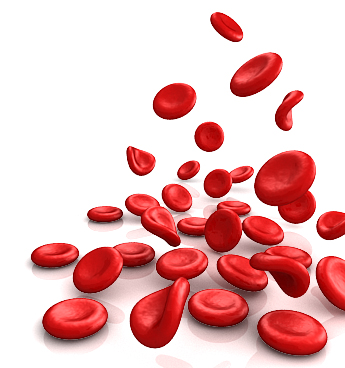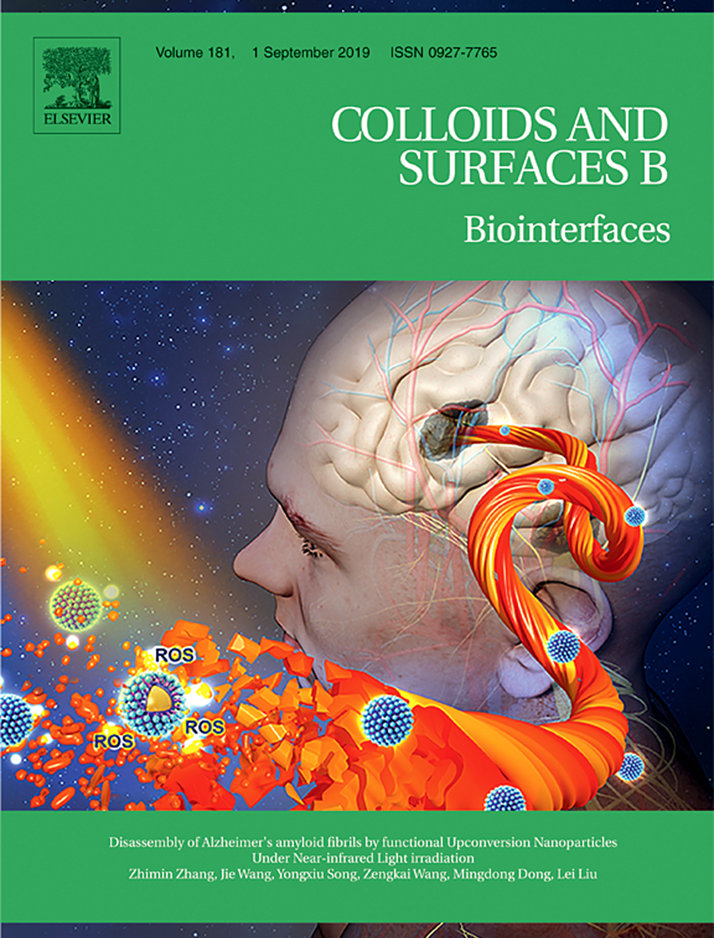Alzheimer's disease (AD) is a common neurodegenerative disease characterized by cognitive and memory function impairment. Studies have shown that the overproduction and further misfolding of amyloid polypeptide (Aβ) are the main causes of AD. Therefore, how to reduce Aβ species, especially to disassemble the preformed amyloid aggregates, has become the focus of related research. Photodynamic therapy (PDT) using normal photosensitizers eg. porphyrins, is a traditional way of inhibiting amyloid aggregation or degrading the amyloid aggregates, but UV light irradiation presents a side effect for the damage of normal tissue, which limits its medical application. Upconversion nanoparticles (UCNPs) is a luminous material which can be modified by photodynamic agent to form the complex generating reactive oxygen species (ROS) with noninvasive light irradiation. It presents a good advantage in the disassembly of amyloid aggregates via ROS in noninvasive light irradiation. Herein, we prepared β-NaYF4:Yb/Er@SiO2@RB by combing UCNPs with photosensitizer to disassemble preformed Aβ aggregates under near-infrared light. The results displayed upconversion nanomaterials could degrade Aβ1–42 fibrils effectively by photo-generating ROS, which demonstrated that the functional UCNPs may have potential applications in the treatment of amyloid diseases in future.
原文链接
https://www.sciencedirect.com/science/article/pii/S0927776519303625









